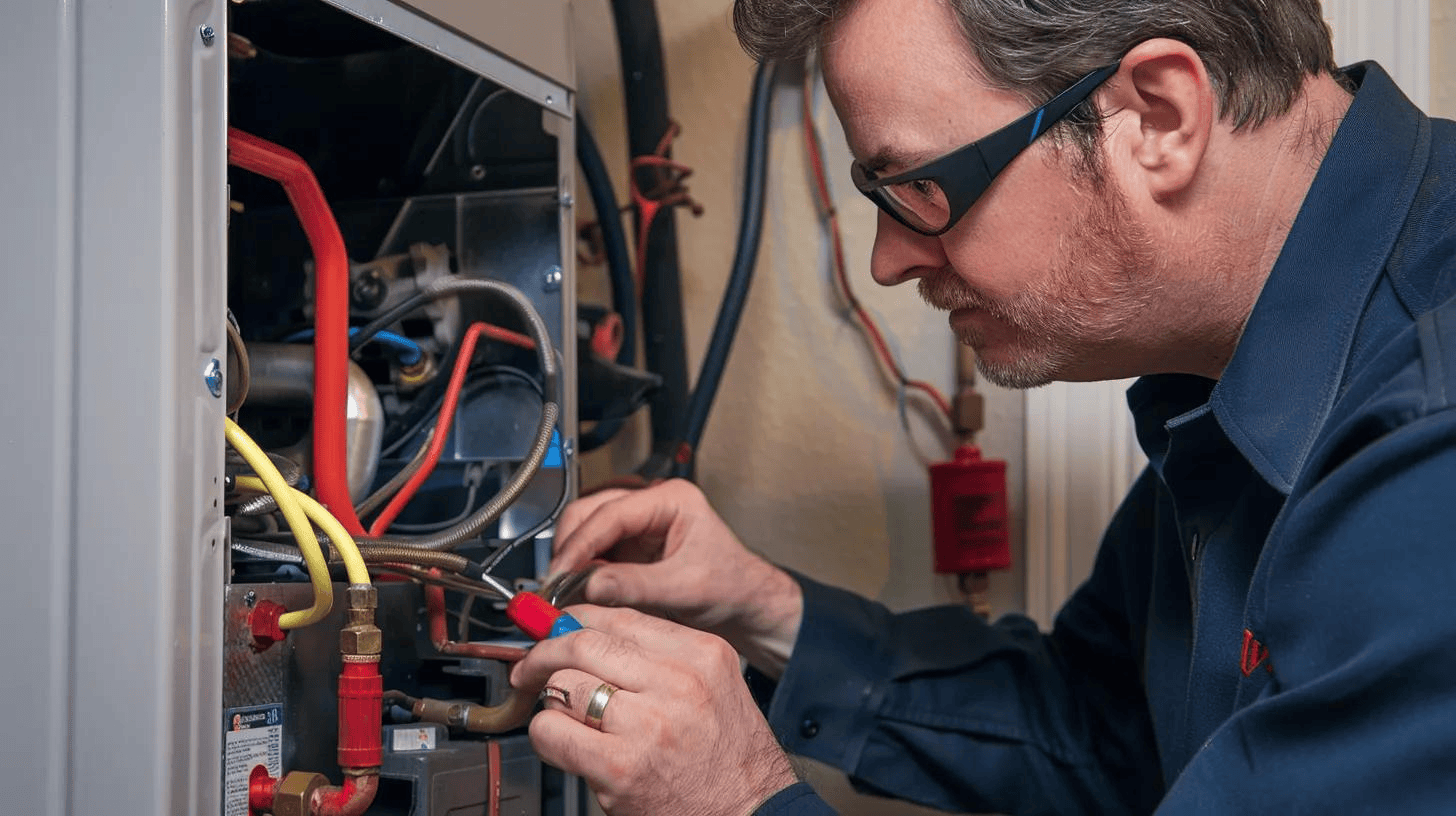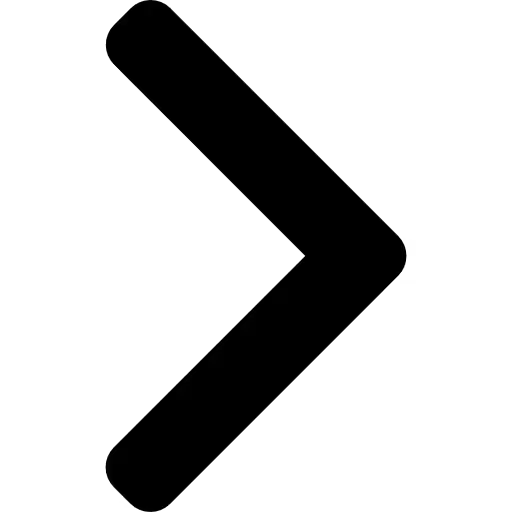Ultimate Furnace Repair: Troubleshooting Common Issues

How to Identify and Solve Common Furnace Issues: Troubleshooting Furnace Problems and Repair Solutions
A practical troubleshooting guide helps homeowners diagnose furnace problems, decide when to act, and take steps that save time and money while protecting safety. This article explains what “troubleshooting” means for home heating systems, how common faults arise in components such as the thermostat, ignitor, blower assembly and heat exchanger, and what benefits follow from timely fixes like restored heat and improved efficiency. You will learn step-by-step checks for a furnace not heating, how to interpret unusual noises, regional cost drivers for furnace repair, routine maintenance tasks to prevent failures, and how to spot safety hazards including carbon monoxide risks. The guide is focused on actionable diagnostics and clear decision points that move you from quick DIY checks to arranging professional HVAC service when necessary. Throughout, keywords like furnace repair, troubleshooting furnace, furnace maintenance, and furnace safety are used to make the guidance easy to locate and apply.
Why Is My Furnace Not Heating? Common Causes and Fixes
A furnace that won’t heat is usually the result of a small operational fault or a component failure that interrupts combustion or airflow, and understanding the mechanism helps prioritize safe, effective fixes. Thermostats, power supply interruptions, ignition systems (pilot light or ignitor), fuel supply and airflow restrictions each interrupt heat delivery in distinct ways; identifying which subsystem is affected leads directly to the right check or repair. Performing a few targeted checks can often restore heat quickly, reducing the need for emergency service and protecting system life. Below are the most frequent causes with concise explanation to guide your first checks.
What Are the Main Reasons a Furnace Fails to Heat?
Thermostat errors are common and include incorrect settings, dead batteries, or communication failures with the furnace control board; these issues prevent a call for heat even when the furnace is otherwise functional. Power interruptions such as a tripped breaker or the switch at the furnace will make the unit unresponsive, and verifying power is a safe first step. Ignition problems — burned-out ignitors or pilot light outages — stop gas furnaces from starting burners and require careful handling due to gas and flame hazards. Airflow restrictions like clogged filters or closed vents starve the heat exchanger of circulation, which can cause short cycling and insufficient heating.
How Can You Fix a Furnace That’s Not Producing Heat?
Start with basic, safe tasks: confirm thermostat mode and temperature settings, replace batteries, and reset the thermostat if it has a reset function; these simple steps often restore normal operation. Next check the furnace power: ensure the dedicated breaker is on and the furnace switch resembles a light switch and is set to the ON position; if breakers trip repeatedly, stop and call a technician. Replace or inspect the air filter and open closed vents to improve airflow, and follow the manufacturer’s safe procedure for relighting a pilot only if you are confident and have no gas smell. If ignition components, the gas valve, or control board appear to be the problem, cease DIY attempts and arrange professional furnace repair because of combustion, gas, and electrical risks.
What Does It Mean When Your Furnace Is Making Noise? Diagnosing Unusual Sounds
Unusual furnace noises often map directly to mechanical or combustion issues inside the blower assembly, burners, or heat exchanger, and early diagnosis reduces risk of catastrophic failure. Different sounds indicate distinct problems: squeals often point to worn belts or bearings, banging can indicate delayed ignition or duct issues, rattles generally come from loose panels, and grinding suggests motor bearing failure; identifying the sound narrows likely causes. Listening carefully while noting when the noise occurs (startup, runtime, or shutdown) helps a technician diagnose root causes more quickly, saving diagnostic time and expense. The next section lists typical noises and direct likely causes to help homeowners classify urgency.
A quick reference pairs common noise types with likely sources and initial homeowner checks:
- Squealing or high-pitched noise often indicates a worn blower belt or failing motor bearings and should be inspected to prevent motor damage.
- Loud banging at startup can signal delayed ignition or thermal expansion hitting the cabinet and may point to ignition or combustion timing problems.
- Rattling or ticking typically means loose panel screws, debris in the blower, or disconnected ductwork and can sometimes be corrected by tightening access panels.
- Grinding noises usually come from failing blower motor bearings and require professional motor service to avoid complete failure.
Which Noises Indicate Serious Furnace Problems?
Certain sounds require immediate action because they suggest combustion or mechanical failure that can be unsafe or lead to costly damage; loud metallic bangs, persistent grinding, and unusual explosions or backfires fall into this category. Banging during startup can indicate delayed ignition which risks heat exchanger stress and possible cracking; if you hear this, turn off the furnace and schedule a technician promptly. Grinding that persists despite simple fixes signals motor bearing failure; continued operation risks motor seizure and higher replacement costs. Any noise accompanied by a gas smell, visible soot, or yellow flame color should trigger immediate shutdown, ventilation, and a call to emergency and certified HVAC services due to combustion and carbon monoxide hazards.
How Do You Resolve Common Furnace Noise Issues?
Minor rattles and loose-panel noises are often resolved by tightening screws, removing debris around the blower, or securing duct connections, steps many homeowners can safely perform after turning power off. Belt and bearing issues require motor or belt replacement by a qualified technician who can match replacement parts and restore alignment and lubrication to factory standards. For ignition-side noises such as delayed ignition, technicians will inspect and adjust gas pressure, clean burners, or replace ignition components to restore correct combustion timing and prevent heat exchanger damage. When professional repairs are required, expect diagnostic time followed by targeted repairs such as motor replacement or burner servicing, which typically resolve persistent mechanical and combustion noises.
How Much Does Furnace Repair Cost? Understanding Pricing and Factors
Furnace repair pricing depends on part cost, labor hours, unit age, diagnostic fees, and whether service is performed during an emergency or regular hours; understanding these drivers helps set realistic expectations before requesting an estimate. Part prices vary widely: simple components like filters and thermostats cost less and are quick to replace, while blowers, control boards, and heat exchanger work are more expensive and time-consuming. Labor rates reflect regional market conditions and the complexity of the repair, and older furnaces often require more diagnostic time and may need multiple parts replaced. Below is a compact table showing typical repair items, broad regional price ranges, and typical labor/time expectations to guide budgeting and comparison shopping.
Intro: The following table outlines common repair types and provides ballpark ranges that help homeowners anticipate costs and prepare questions for a contractor.
This table clarifies that diagnostic fees, emergency service premiums, parts sourcing, and the furnace model/age substantially affect the final quote, so use these ranges to compare estimates and ask targeted questions about parts and warranties.
Practical tips to reduce cost and avoid surprises include routine maintenance to prevent major failures, scheduling non-urgent repairs during regular hours, and asking about warranties or bundled services that can lower future expenses. When you gather quotes, request written estimates that itemize parts, labor, and any guaranteed work to make side-by-side comparisons straightforward.
At this point it helps to consider professional assistance: To generate service requests and appointments for plumbing, electrical, and HVAC services by showcasing expertise, reliability, and customer satisfaction. If DIY steps don’t restore reliable heating, consider requesting an estimate or scheduling an appointment through the company’s website or by contacting a local licensed HVAC provider to compare scopes and timelines.
What Are Typical Furnace Repair Costs for Common Problems?
Common repair examples illustrate typical complexity: a clogged filter or thermostat battery replacement is low cost and quick, while blower motor or heat exchanger work represents the higher end both in parts and labor. Expect basic service calls with a diagnostic fee to run from modest to moderate amounts depending on region and provider, while major component replacements such as blower motors or heat exchangers can push toward the higher ranges shown earlier. The unit’s age affects parts availability and whether a repair is recommended versus replacement, which technicians can advise after inspection. Getting two or three itemized quotes helps you assess whether a repair is priced reasonably and aligns with the furnace’s expected remaining life.
How Can You Save Money on Furnace Repairs?
Preventive actions and smart scheduling reduce both frequency and urgency of repairs, lowering lifetime cost of ownership and minimizing emergency service premiums. Enroll in maintenance plans to catch issues early, replace filters regularly, and schedule repairs in off-peak seasons to avoid emergency rates; these behaviors prolong component life and reduce total cost. Ask service providers about part warranties and labor guarantees to ensure that a repair covers subsequent failures within a reasonable window. When comparing providers, request detailed estimates and check that recommended parts are OEM or equivalent quality to avoid repeat visits.
What Are the Most Common Furnace Problems and How Do You Troubleshoot Them?
Common furnace problems cluster around operational causes—thermostat failure, power interruptions, ignition issues, gas supply problems, and airflow restrictions—and a structured troubleshooting workflow helps isolate the cause efficiently. Prioritize safety first: verify no gas smell or unsafe indicators before starting checks, then proceed from thermostat to power, filter, vents, ignition, and finally error codes or component inspection. A concise symptom → likely cause → quick DIY check → next step mapping speeds diagnosis and clarifies when professional help is required. The table below provides an at-a-glance troubleshooting reference that homeowners can use during initial diagnostics.
Intro: Use the following reference table to match symptoms with likely causes and immediate, low-risk checks you can perform to decide whether to escalate to professional service.
This table makes diagnosis systematic: if basic checks don’t resolve the issue or if safety indicators exist, stop and engage a qualified technician to prevent escalation.
How to Perform a Step-by-Step Furnace Troubleshooting Guide
Begin with a safety sweep: ensure no gas odor, verify carbon monoxide detectors are functioning, and turn power off before accessing panels; safety checks prevent hazardous exposure and should precede other steps. Next confirm thermostat function by raising the set temperature, checking batteries, and switching to emergency heat if available; an electrical or communication fault will show here. Inspect and replace the air filter, open closed vents, and visually check the blower compartment for debris; these tasks require only basic tools and often restore normal airflow. If the furnace still won’t start, check the breaker and the furnace switch; persistent electrical issues or ignition failures are time to call a technician.
When Should You Call a Professional for Furnace Repairs?
Call a professional immediately if you detect a gas odor, carbon monoxide alarm activation, visible soot, persistent yellow flame, heat exchanger cracks, or electrical arcing; these are safety red flags that require certified intervention. Also contact a technician when component replacements are indicated (blowers, heat exchangers, control boards), when diagnostic error codes persist after resets, or when repeated short cycles occur despite basic fixes. For recurring problems or if you lack the tools or confidence, professional repair prevents accidental damage and ensures correct parts and testing are used. A technician visit typically includes diagnostics, parts replacement if needed, and performance testing to confirm safe, efficient operation.
How to Maintain Your Furnace to Prevent Future Issues
Routine maintenance focuses on a small set of high-impact tasks—filter replacement, blower cleaning, thermostat checks, vent inspection, and annual tune-ups—that together reduce failures and improve efficiency. Following a simple schedule prevents most common furnace problems by keeping airflow, combustion, and controls within design tolerances, which in turn lowers repair frequency and operational cost. Maintenance also gives technicians a chance to identify emerging issues like heat exchanger stress or gas valve wear before they demand urgent repair. The following maintenance table summarizes tasks, recommended cadence, and the benefits you should expect.
Intro: The table below gives a clear homeowner maintenance schedule that links each task to the primary benefit and what it prevents.
Consistent maintenance reduces emergency repair needs and supports safe, efficient heating across Northern Colorado climate variations; scheduling an annual professional tune-up is one of the best investments to avoid costly midwinter failures.
What Routine Maintenance Tasks Keep Furnaces Running Smoothly?
Homeowners should replace standard pleated filters every 1–3 months depending on usage and pet load, as clean filters reduce strain on the blower and protect indoor air quality. Inspecting vents and returns seasonally and ensuring registers are open and unobstructed preserves balanced airflow and prevents hot/cold spots. Annual professional service should include burner cleaning, combustion testing, flue and heat exchanger inspection, and lubrication of moving parts where applicable; these steps maintain AFUE efficiency and detect early signs of component failure. Adopting a seasonal checklist prevents many common breakdowns and keeps the heating system ready for sustained operation.
Conclusion
Understanding how to identify and solve common furnace issues empowers homeowners to maintain a safe and efficient heating system. By following practical troubleshooting steps and regular maintenance, you can prevent costly repairs and ensure reliable warmth throughout the winter months. If you encounter persistent problems, don’t hesitate to reach out to a qualified HVAC professional for assistance. Explore our resources for more tips on furnace care and maintenance today.




















